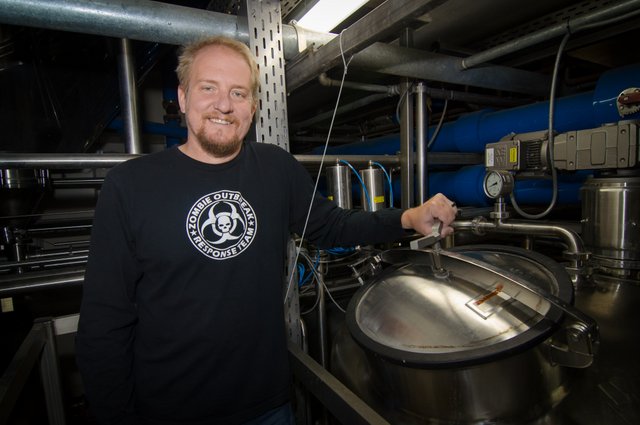
Delivering high levels of fresh hop flavor and hop aroma have become calling cards for U.S. craft brewers. While German beer makers were the first brewers to start using wild hops in the early 8th century, it’s been American innovators who have taken both hop production and hop-infused beers to new levels of innovation and flavor.
Rewind to 1909 and marvel at the mechanical hops separator, patented by Emil Horst in Elk Grove, Calif. (ok, he did emigrate from Germany). Emil Clemens Horst had, at one time, the largest number of acres under hop cultivation in the world. He revolutionized hop growing and processing with his patented mechanical separator that harvested the hops while discarding the vines and leaves. Since the 1930s, Oregon State University (OSU) has been a global hot spot for hop research in North America. The U.S. government, OSU and some very talented minds have literally generated millions of acres of research on hop varieties, producing engineering icons like Dr. Al Haunold (who is credited with some 20 varieties of hops, including Cascade, which is a cornerstone in today’s craft brewing industry).
Today, American craft brewing pioneers have taken up the torch for innovative hop usage. A forward-hops taste (and the IPA category of beer) is almost a hallmark of U.S. craft beers, but how exactly do brewhouses produce those unique hoppy flavors? Well, many times creative brewers construct one-of-a-kind machines and vessels to capture the aroma and taste of hops like never before. Colorado’s New Belgium Brewing Co. is one such innovator.
“We call our machine the dry hop dosing skid,” explained Grady Hull, assistant brewmaster at New Belgium Brewing. “On the production side, we aren’t that flamboyant. As I’m saying this, I realize we probably should have come up with a cooler name for it.”
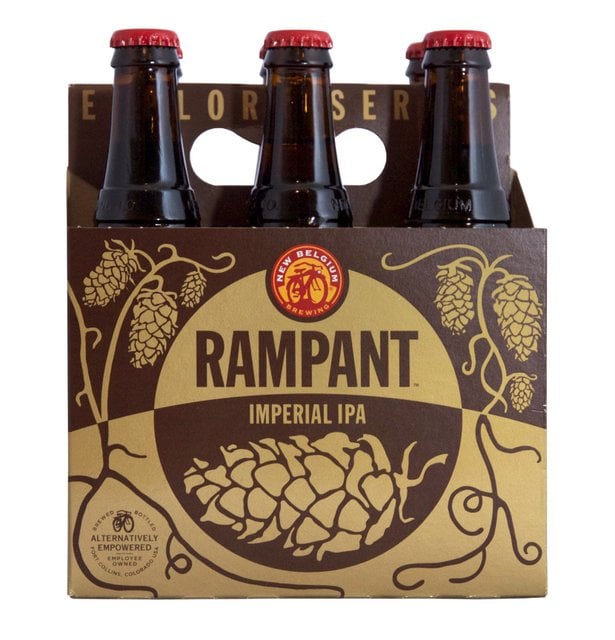
New Belgium’s dry hop dosing skid has been inducted into CBB’s new series — Innovative Hopping Equipment — our little hall of fame for hopping equipment, techniques and production. Here’s a breakdown of the mechanics and theories behind New Belgium’s innovative hopping gizmo and other unique hop insights from this famous Fort Collins brewery.
The equipment — dry hop dosing skid
“We dose our dry hops into the transfer from fermentation to maturation,” said Hull. “After the yeast is harvested from the fermenter, the beer is transferred through a pipe from the fermenter into a centrifuge to remove excess yeast and protein. The beer then goes through a heat exchanger to reduce temperature and continues into a reaction vessel. Our dry hop dosing skid sits between the reaction vessel and the heat exchanger.”
The dosing skid is basically a 20-hectoliter tank with a mixer, level and temperature sensors, CO2 flushing capability and an opening at the top for adding dry hops. It was built by the big brians at Mueller. “Our two reaction vessels are 2,000-hectoliter Holvrieka fermenters modified to recirculate beer through a standpipe, at a variable flow rate to maximize agitation and minimize aroma volatilization,” said Hull. “All of the modifications to these systems and programing were designed by New Belgium.”
How does It work?
Under a CO2 environment, beer is drawn into the dry hop dosing skid from the transfer pipe. Hops are then added by hand to the beer in the skid to make a dry hop slurry. The slurry is then injected back into the transfer pipe on its way to the reaction vessel.
“The reaction vessel recirculates the dry hopped beer to speed up the hop aroma extraction,” explained Hull. “Once the transfer is complete, the beer is pulled out of the reaction vessel, through a centrifuge to remove the spent hop vegetable material. Then it passes through a heat exchanger to further cool the beer where it is allowed to sit in maturation long enough to form a stabilize chill haze prior to filtration.”
This method of dry hopping maximizes the speed of hop aroma oil extraction so that the extraction is complete in the time it takes to do the two transfers (about 16 hours).
The eureka! moment
“Most of our deliberations around the creation of the skid were theoretical,” noted Hull. “We had a few spirited debates over the best way to produce the highest quality product, but in the end, when the solution started to present itself, we were all in complete agreement that this was the best possible way to optimize hop aroma oil extraction. Once we had the conceptual details nailed down, there was only one build.”
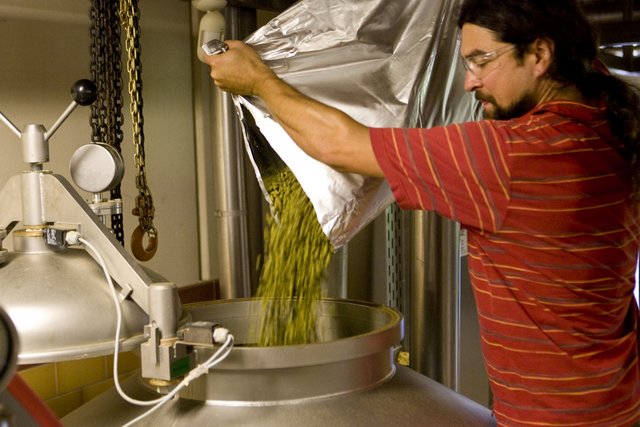
What beers are brewed?
New Belgium Brewing uses the dry hop dosing skid for all of its dry hopped beers, including Hop Kitchen, Rampant, Ranger, Accumulation, Hoptober, 2 Below, Snow Day and Mighty Arrow. “We also use the dry hop dosing skid to add spices to beers like Pumpkick and Coconut Curry Hefeweizen,” said Hull.
Advice about hops and hopping
“As far as unique ways to dry hop … I dunno, that’s tough,” mused Hull. “It seems like everyone has their own way of doing it, and who’s to say what’s right or wrong? I think some of the new varieties that are coming out of the hop breeding programs in Yakima are pretty exciting and offer a completely unique set of flavors that most people haven’t experienced before. If you have an opportunity to try some of those in your recipes, I think you’ll be pleasantly surprised.”

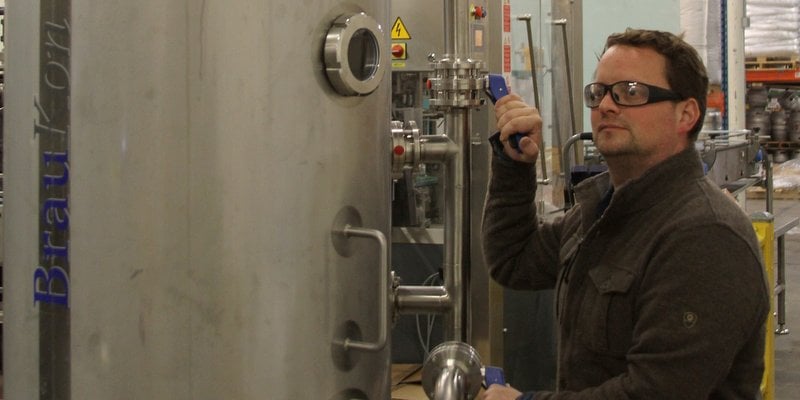
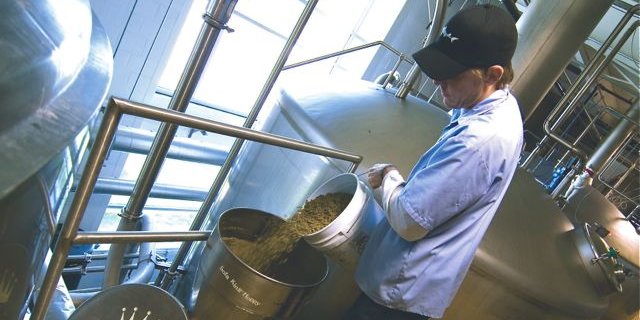
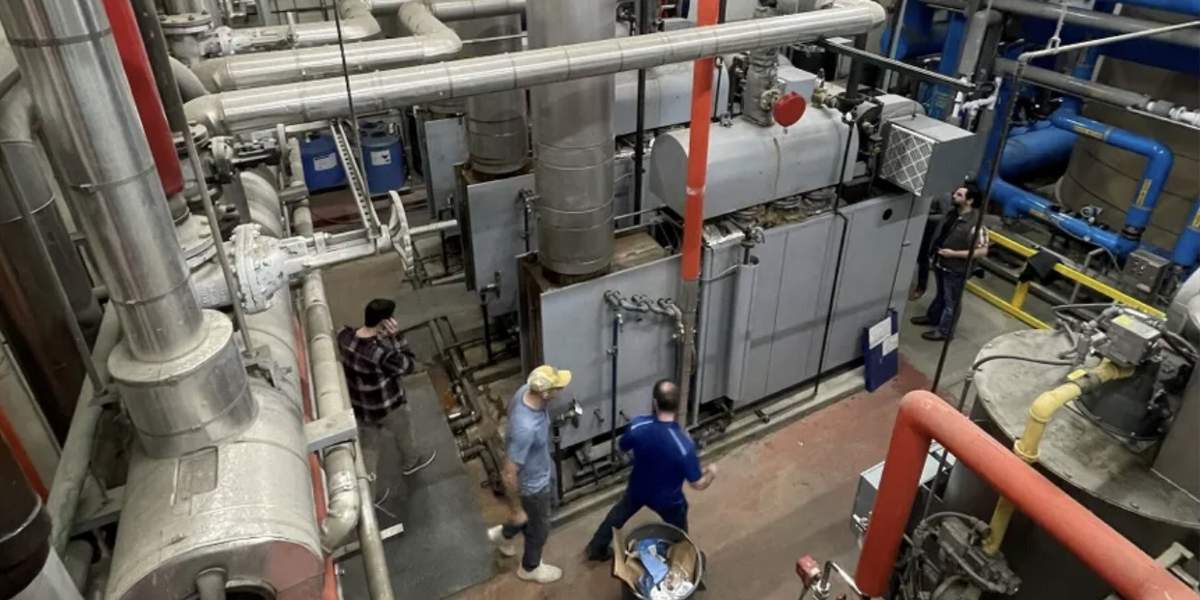
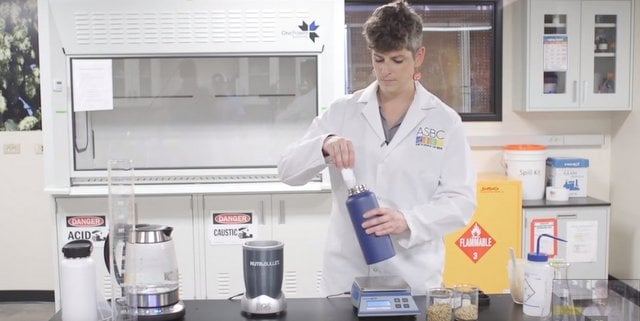
Christopher Ordas liked this on Facebook.
RT @CraftBrewingBiz: Innovative Hopping Equipment: New Belgium’s Dry Hop Dosing Skid. Great idea @newbelgium http://t.co/ENaZfdg7gi
RT @CollinMcDonnell: I love how high-tech @newbelgiumbeer’s brewing process is. Unitanks? Who needs em? http://t.co/JUAuU0vAVI
I love how high-tech @newbelgiumbeer’s brewing process is. Unitanks? Who needs em? http://t.co/JUAuU0vAVI